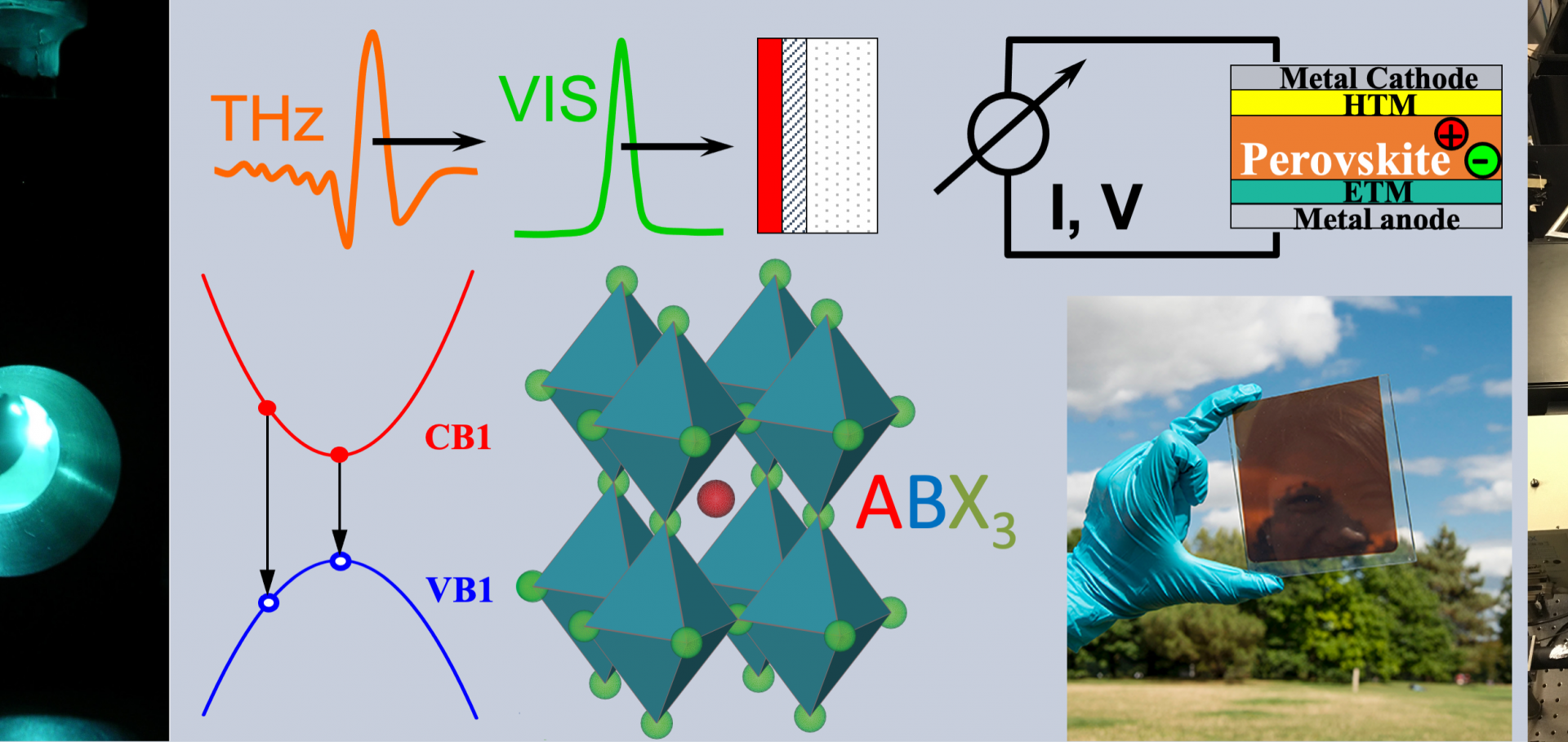Limits to electrical mobility in lead-halide perovskite semiconductors
Journal of Physical Chemistry Letters American Chemical Society 12:14 (2021) 3607-3617
Abstract:
Semiconducting polycrystalline thin films are cheap to produce and can be deposited on flexible substrates, yet high-performance electronic devices usually utilize single-crystal semiconductors, owing to their superior charge-carrier mobilities and longer diffusion lengths. Here we show that the electrical performance of polycrystalline films of metal-halide perovskites (MHPs) approaches that of single crystals at room temperature. Combining temperature-dependent terahertz conductivity measurements and ab initio calculations we uncover a complete picture of the origins of charge-carrier scattering in single crystals and polycrystalline films of CH3NH3PbI3. We show that Fröhlich scattering of charge carriers with multiple phonon modes is the dominant mechanism limiting mobility, with grain-boundary scattering further reducing mobility in polycrystalline films. We reconcile the large discrepancy in charge-carrier diffusion lengths between single crystals and films by considering photon reabsorption. Thus, polycrystalline films of MHPs offer great promise for devices beyond solar cells, including light-emitting diodes and modulators.Ultrafast excited-state localization in Cs2AgBiBr6 double perovskite
Journal of Physical Chemistry Letters American Chemical Society 12:13 (2021) 3352-3360
Abstract:
Cs2AgBiBr6 is a promising metal halide double perovskite offering the possibility of efficient photovoltaic devices based on lead-free materials. Here, we report on the evolution of photoexcited charge carriers in Cs2AgBiBr6 using a combination of temperature-dependent photoluminescence, absorption and optical pump–terahertz probe spectroscopy. We observe rapid decays in terahertz photoconductivity transients that reveal an ultrafast, barrier-free localization of free carriers on the time scale of 1.0 ps to an intrinsic small polaronic state. While the initially photogenerated delocalized charge carriers show bandlike transport, the self-trapped, small polaronic state exhibits temperature-activated mobilities, allowing the mobilities of both to still exceed 1 cm2 V–1 s–1 at room temperature. Self-trapped charge carriers subsequently diffuse to color centers, causing broad emission that is strongly red-shifted from a direct band edge whose band gap and associated exciton binding energy shrink with increasing temperature in a correlated manner. Overall, our observations suggest that strong electron–phonon coupling in this material induces rapid charge-carrier localization.Unveiling the ultrafast optoelectronic properties of 3D Dirac semi-metal Cd3As2
Proceedings of the 45th International Conference on Infrared, Millimeter, and Terahertz Waves (IRMMW-THz 2020) IEEE (2021)
Abstract:
We employ ultrafast optical-pump terahertz-probe spectroscopy and ultrafast THz emission spectroscopy to investigate the ultrafast charge carrier dynamics in the 3D Dirac semi-metal CdAs. We extract the temperature-dependent electron mobility (16,000cmVs at 5K) for CdAs nanowire ensemble. We also demonstrate strong THz emission from both CdAs single crystal and nanowires, whose polarity depends strongly on incident angle and pump polarisation.Crystallization of CsPbBr3 single crystals in water for X-ray detection
Nature Communications Springer Nature 12:1 (2021) 1531
Highly absorbing lead-free semiconductor Cu2AgBiI6 for photovoltaic applications from the quaternary CuI-AgI-BiI3 phase space
Journal of the American Chemical Society American Chemical Society 143:10 (2021) 3983-3992


